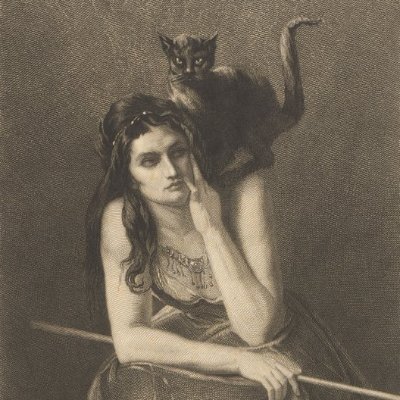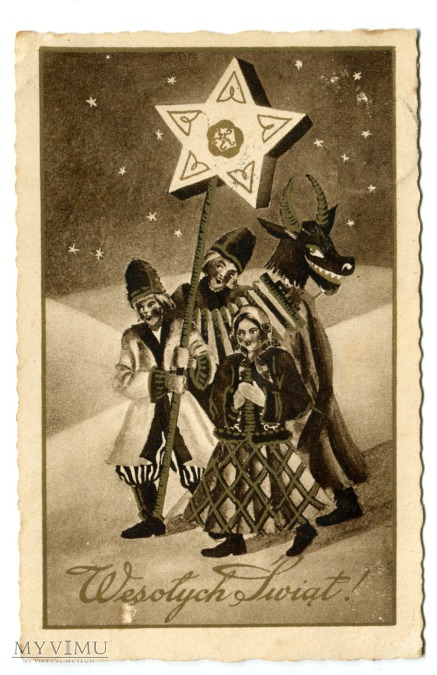#FolkloreGetsEvil A changeling is a human-like creature found in folklore throughout Europe.A changeling was believed to be a fairy child that had been left in place of a human child stolen by the fairies. One belief is that trolls wanted to give their children a human upbringing
#mythologymonday King James, in his 'Daemonologie', stated that the term 'faries' referred to demonic entities that prophesied to, consorted with, and transported the individuals they served; in medieval times, a witch who had a pact with an entity might receive these services.
#FolkloreGetsEvil Mephistopheles is a demon featured in German folklore. He originally appeared in literature as the demon in the Faust legend, and he has since appeared in other works as a stock character. https://t.co/8wV4FpUzRF
#Caturday In Alpine folklore, the Tatzelwurm is a lizard-like creature, often described as having the face of a cat. The alleged creature is sometimes said to be venomous, or to attack with poisonous breath, and to make a high-pitched or hissing sound.
Richard Dadd, who died #OTD 1886, was a painter noted for his depictions of fairies. Convinced that his father was the Devil in disguise, Dadd killed him with a knife. Most of his best works were created while he was a patient in Bethlem and Broadmoor hospitals.
#FairyTaleTuesday Fairy Tales: #AngelaCarter and Little Red Riding Hood https://t.co/en6vdQyHuK via @amyelize
#art by Alejandra Acosta
Nikolay Gogol - the stranger of Russian literature — Steemit https://t.co/UCOHu8SmT0
#MythologyMonday The Wild Hunt is a motif in European folklore.The hunters may be elves,fairies or the dead,and the leader is associated with Odin.People encountering the Hunt might be abducted to the underworld or the fairy kingdom
#art 'Asgårdsreien'(1872) by Peter Nicolai Arbo
#MythologyMonday A strzyga is a usually female demon similar to a vampire in Slavic folklore. These creatures were believed to fly at night in a form of an owl and attack travelers and people who had wandered off into the woods, sucking out their blood and eating their insides.
#GothicAdvent In Polish folklore, Turoń is a festive monstrosity in the form of a black, horned and shaggy animal with a flopping jaw. Its appearance can be noticed at folk events during the period of Christmas, yet most likely in times of Carnival and before Lent begins.

























